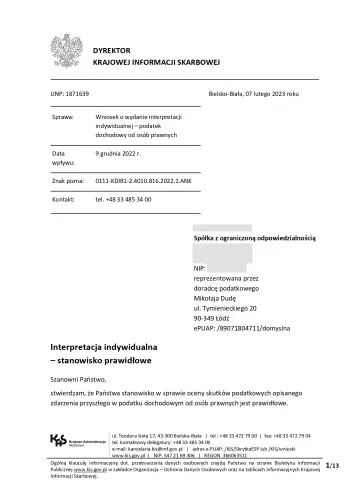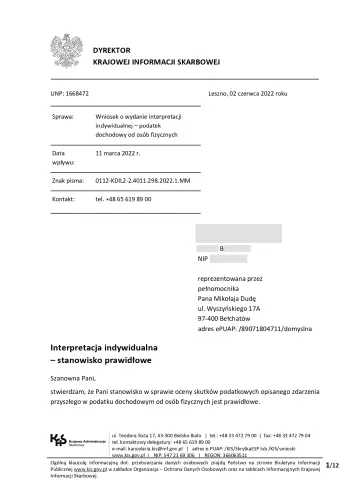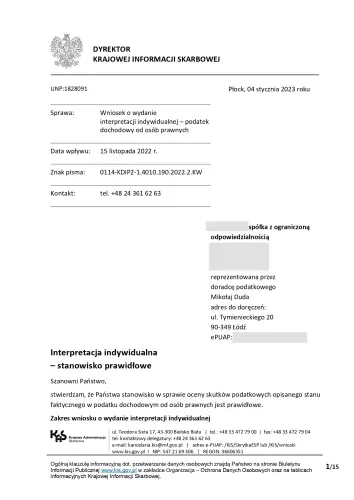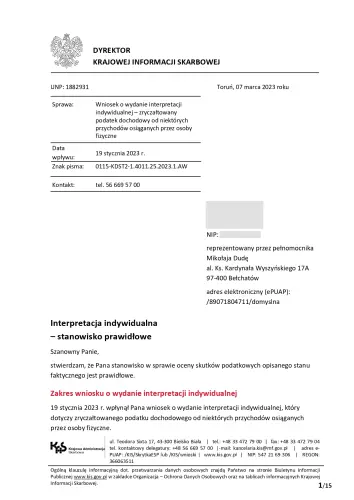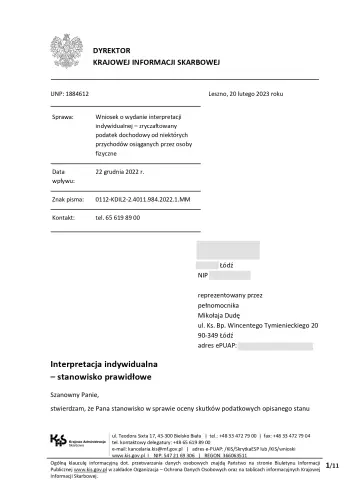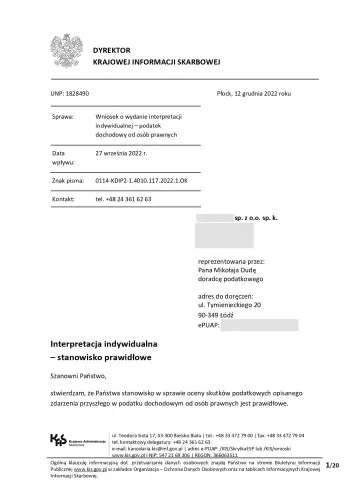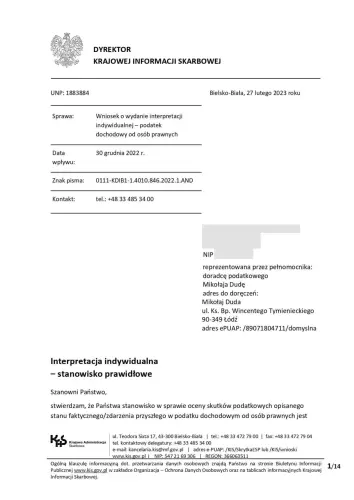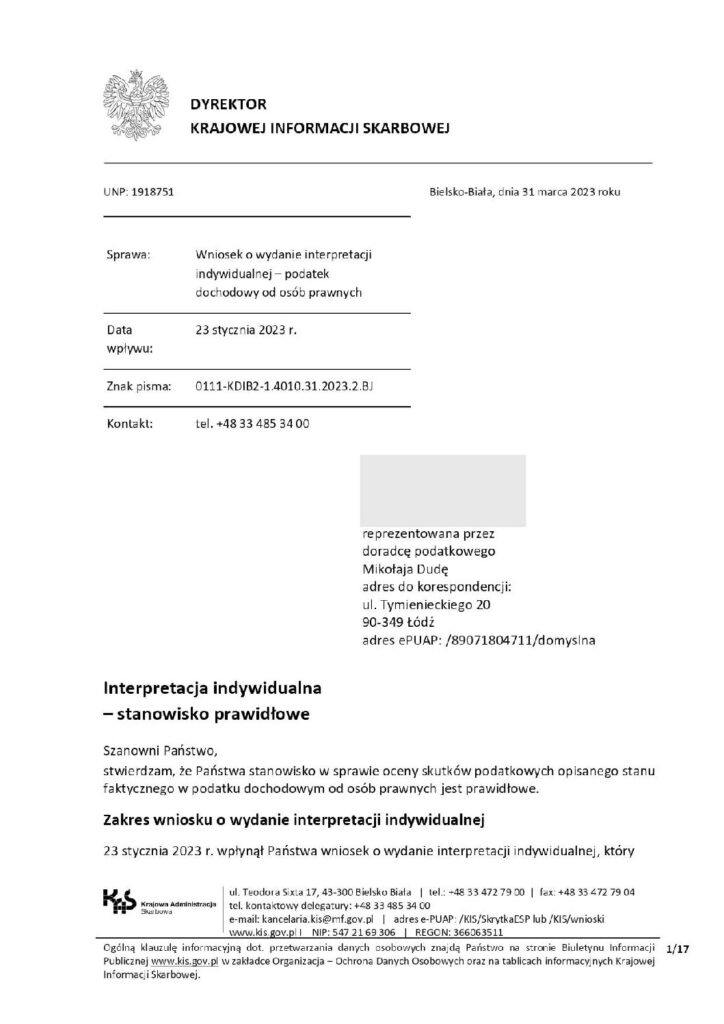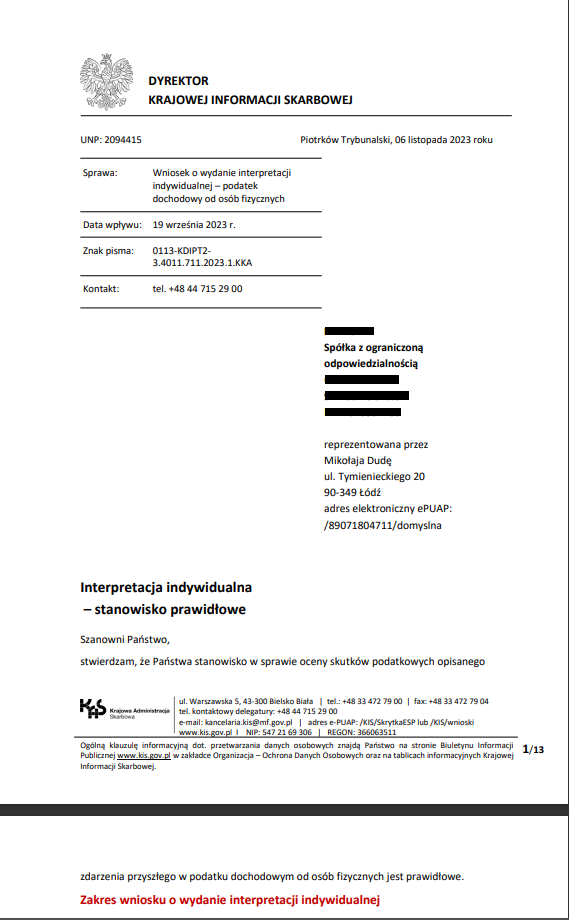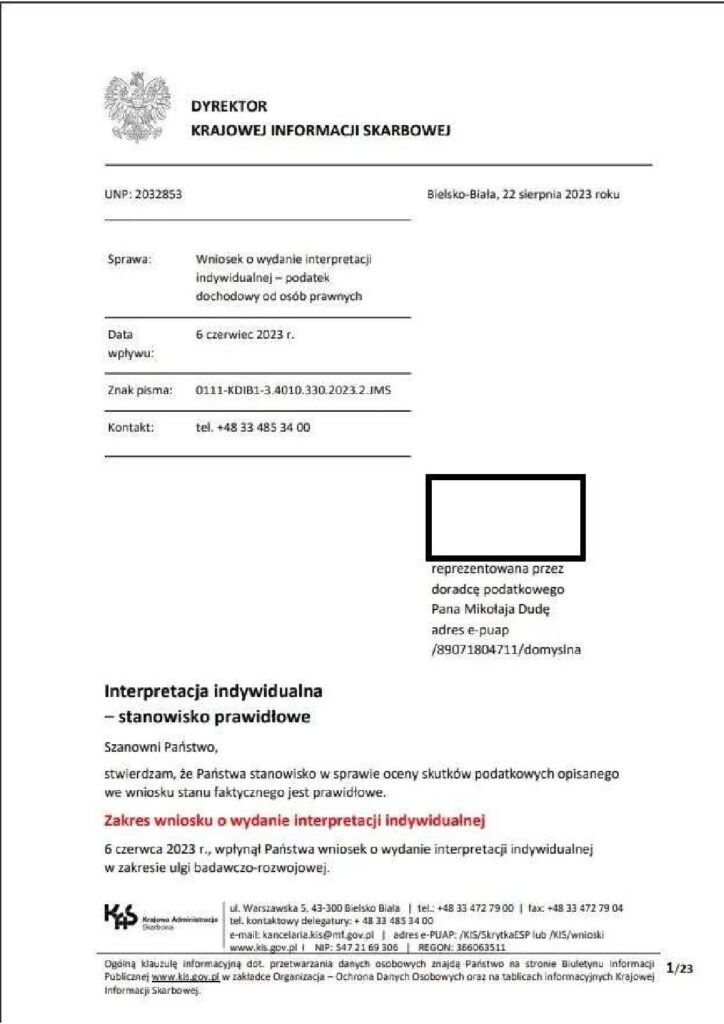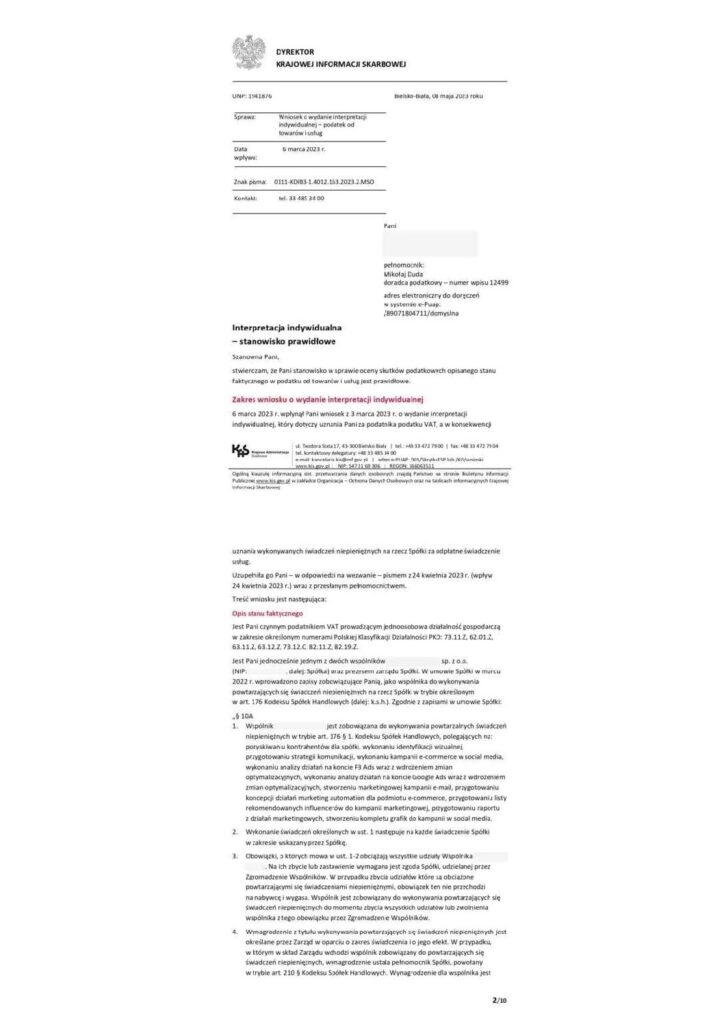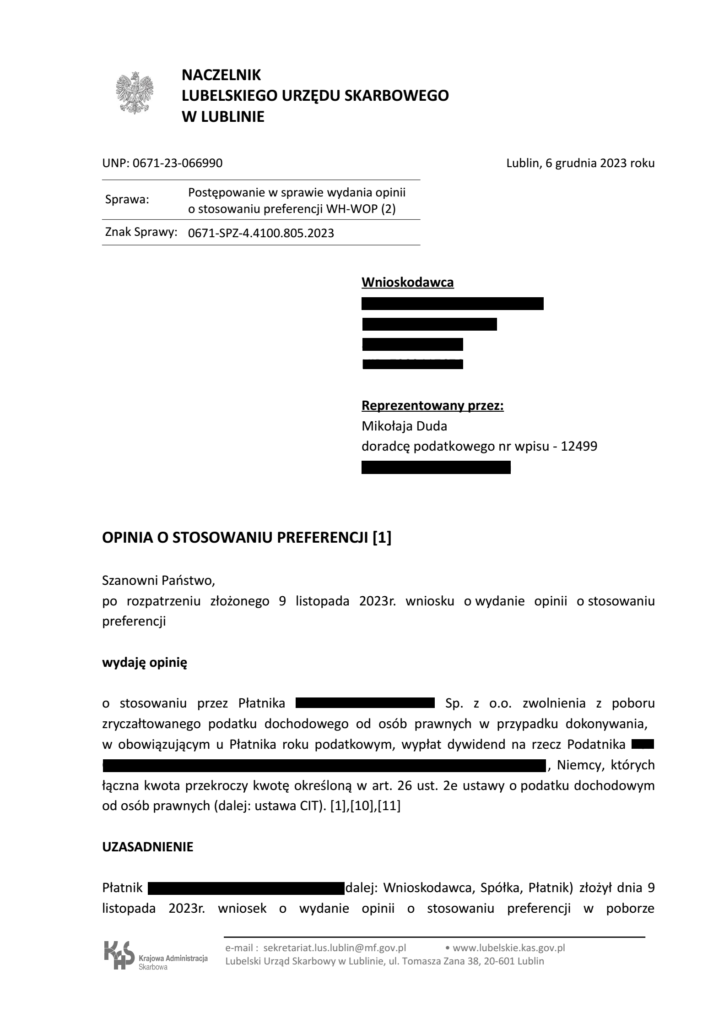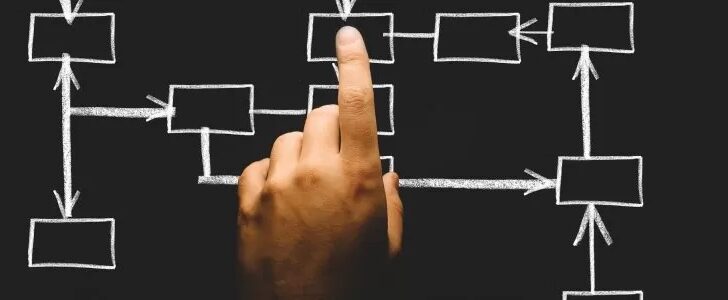The prototype tax relief is a new tax solution modeled on French solutions, but which differs from its counterpart in French law in particular in that its target is all entrepreneurs. It is intended for taxpayers who have produced a new product distinguished by its technical performance, usability and functionality, and reduces the costs incurred in the testing stage of such a product, as well as for bringing it to market. It is worth noting that the relief allows real financial benefits to all entrepreneurs incurring expenses in the development of new products, regardless of the industry in which they operate.
The relief consists of the possibility of deducting from the tax base an amount equal to 30% of the sum of the costs of trial production of a new product and the launch of a new product, but the amount of the deduction cannot exceed 10% of income in a tax year.
The cost of trial production of a new product will be considered if it may be qualified as:
- the purchase price or production cost of new fixed assets necessary to launch trial production of a new product,
- improvement expenditures incurred to adapt a fixed asset to launch trial production of a new product,
- the cost of purchasing materials and raw materials acquired solely for the purpose of trial production of a new product.
In turn, the costs of launching a new product will be considered if it may be qualified as:
- tests, expertise, obtaining or maintaining a marketing authorization or other mandatory documents related to marketing authorization or use, as well as the costs of fees charged to obtain, renew or extend them;
- product life cycle studies,
- Environmental Technology Verification (ETV) system.
The deduction will be allowed if the costs of trial production of a new product or its introduction to the market were actually incurred in the tax year for which the deduction is made and were not reimbursed to the taxpayer in any form or were not deducted from the income tax base.
Want to find out how much tax your company can save and how to do it? Contact us.
